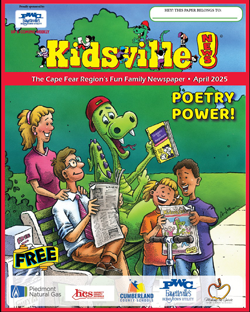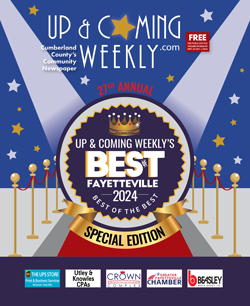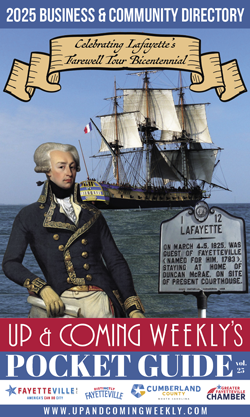 A story is an account of events, past, present or future, told with heart from one human being to another. For a child, a story can be comforting when they don’t want to go to sleep or inspire them to be a better person or to know what they want to be when they grow up. Stories also help kids develop language skills and encourage imagination and creativity.
A story is an account of events, past, present or future, told with heart from one human being to another. For a child, a story can be comforting when they don’t want to go to sleep or inspire them to be a better person or to know what they want to be when they grow up. Stories also help kids develop language skills and encourage imagination and creativity.
A story can teach empathy for others and emphasize morality and life values. Hearing a story improves listening skills, builds cultural understanding and advances emotional intelligence. All this happens simply by allowing children to experience different perspectives and emotions through a story’s character. Storytelling is an artform for both kids and adults.
The Fayetteville Cumberland County Arts Council with support from the North Carolina Arts Council, has awarded Cumberland County Headquarters Library a $7,200 grant to help host its 16th annual Storytelling Festival, March 1-30. Organizers use the funds to bring in professional storytellers. The free programs are aimed at children from birth to age 12, and this year’s theme is Mythical Marvels.
“Our hope is to spark imaginations, foster a sense of wonder and provide a gathering place for everyone to share in the magic of storytelling,” Faith Phillips, Cumberland County Assistant County Manager and Library Director, said in a November Cumberland County press release.
“Festival programs and activities will celebrate and encourage storytelling through different perspectives by embracing diverse voices and cultures. The Storytelling Festival aims to encourage inclusion, promote literacy and spark creativity for community members,” the press release continued.
For adults, the difference between a story and a history is that a story is more than a report of who, what, when, where, why and how. A story is told with heart, connecting the teller to the listener. Linear people want a beginning, middle and end, and they’re not wrong. Different cultures emphasize storytelling through dance, art or music, and they aren’t wrong either.
In simplest terms, a story is about a person doing or trying to do something over a period of time in a specific place. This person doing something over a period of time in a certain place is a “character” acting within a “plotline” that unfolding within a certain “setting,” which encompasses a time and place. A story can be a Native American male telling the story of a deer hunt through drumming and dance. A story could be a medieval triptych, telling a story in three acts through paintings.
A story can be therapeutic, full of holes, misalignments, layers and outright fabrications because the teller needs to be able to test the audience to see if they can handle the truth. Traumatic events may cause gaps in memory or skips are utilized by the teller to hide embarrassing or shameful aspects of the story.
As the teller fills in the gaps in consecutive tellings, he or she gets closer to the truth and the listener, if accepting and non-judgmental, gets closer to extending genuine, unmasked love.
Hearing and absorbing a person’s story brings people and communities together.
What are stories really about, though? They’re about conflict. Without conflict you don’t have a story. Boy meets girl and everything goes perfectly and they live happily ever after isn’t much of a story. Stories show us that we are not alone in our struggles. They may be a neat package on how to navigate conflict, and life may be far more complex and time-consuming, but stories give us hope that resolution and solutions are possible.
They help us process things that happen in life, offering avenues of approach to discuss taboo topics, whether it’s something as seemingly simple as asking for something we need from someone we love or revealing a traumatic event. Stories might also foster a sense of gratitude that we were somehow, undeservedly protected from what our protagonist endured.
Sometimes non-fiction fans struggle with the concept of storytelling. If it’s made up, it didn’t happen. It’s a figment of someone’s imagination, and it’s better to spend our energies learning history or trying to understand news reports by critically reading multiple sources
. But it’s the storyteller’s infusion of emotion and human interaction that adds life and relatability to a story, even a story of historical record. Oftentimes, stories we assume are fiction are based in fact.
The reverse can also be true: a true story is so hidden in fiction that it does a disservice to its foundation and manipulates an audience into believing the fiction over the fact. Stories, or narratives, matter. They matter to individuals, to communities and to a population at large.
Every person’s life is a story. Sometimes the glory days happen early, the middle years becoming a slog and the ending either a sad nothingness or a beautiful realization of what’s important.
Other times, a person’s most meaningful time doesn’t come until later in life; they either avoid the challenge or accept it and gain a wisdom they never possessed in their youth. So, what’s your story?
For more information about the 16th Annual Storytelling Festival, visit https://www.cumberlandcountync.gov/departments/library-group/library
Cumberland County Library's 16th annual Storytelling fest
- Details
- Written by Erin C. Healy

 How to resolve AdBlock issue?
How to resolve AdBlock issue? 








